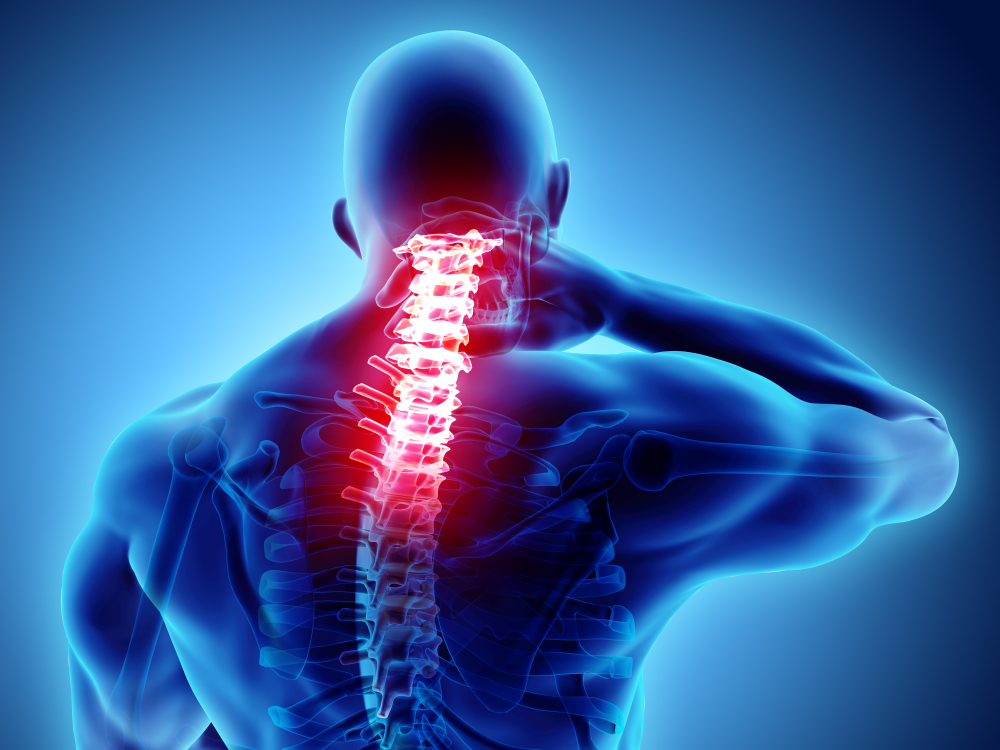Neck Pain Treatment in Nashik
Causes: Common sources of neck pain include Facet joints, Herniated discs, Muscles etc. The causes are almost similar to that for back pain. Other causes include degenerative disc disease and arthritis. Neck pain may also be caused by vehicular accidents causing whiplash neck injuries, some chronic diseases like Ankylosing spondylitis, Arthritis, Fractures and Dislocations, Myelopathy, Osteoporosis, Spinal Cord Injury, Spondylolysis, Stenosis etc.
The neck (cervical spine) is composed of vertebrae that begin in the upper torso and end at the base of the skull. The bony vertebrae along with the ligaments (which are comparable to thick rubber bands) and muscles provide stability to the spine. The muscles allow for support and motion.
The neck has a significant amount of motion and supports the weight of the head. However, because it is less protected than the rest of the spine, the neck can be vulnerable to injury and disorders that produce pain and restrict motion. For many people, neck pain is a temporary condition that disappears with time.

Cervical Discs
When the disc breaks open or bulges out, putting pressure on the spinal cord or nerve roots, it is known as a herniated disc or “slipped disc.” The pressure causes pain, numbness, or weakness radiating down your shoulder, arm, and hand.
To diagnose your cervical disc disease, thorough medical history along with detail examination of neck and if required, neurological examination of strength, reflexes, and the sensation in arm and hand. Commonly done tests are X-rays, magnetic resonance imaging (MRI), and computed tomography (CT) scans to visualize your spinal cord to pinpoint the source of your neck pain.
There are good chances that slipped disc can be treated with conservative measures, without surgery. The first line in treatment for cervical disc disease is pain medications which help to reduce pain and inflammation. Some muscle relaxant, antidepressant medicines may be added for chronic neck pain. Along with this physiatric can be used to reduce your pain and stiffness. Contact your health care provider if symptoms persist after above conservative measures.
The next step is Epidural cortisone injection under live x-ray control. Other non-surgical treatment options are transforaminal selective nerve root injection, pulsed RF, discography, Percutaneous Nucleotome Discectomy as discussed in back pain section. >95% of moderate to severe neck pain do respond to these therapies. Surgery for spine pain is the last resort therapy & should always be avoided.
Cervical facets:
It is managed initially with simple measures like pain medications & physiotherapy. If it is not getting controlled , interventional therapies like facet joint injection, Radiofrequency ablation of medical branch which supplies facets.



